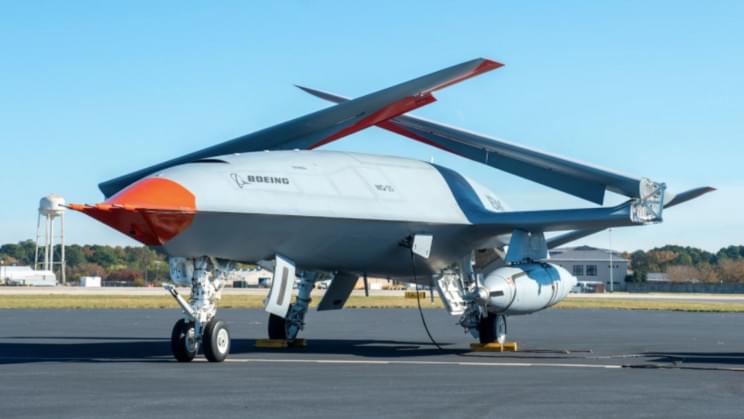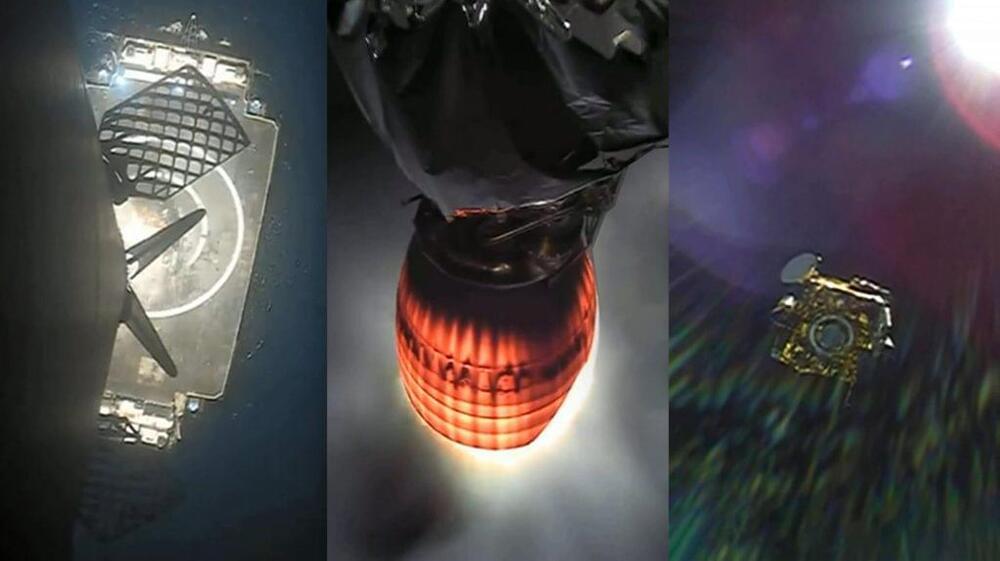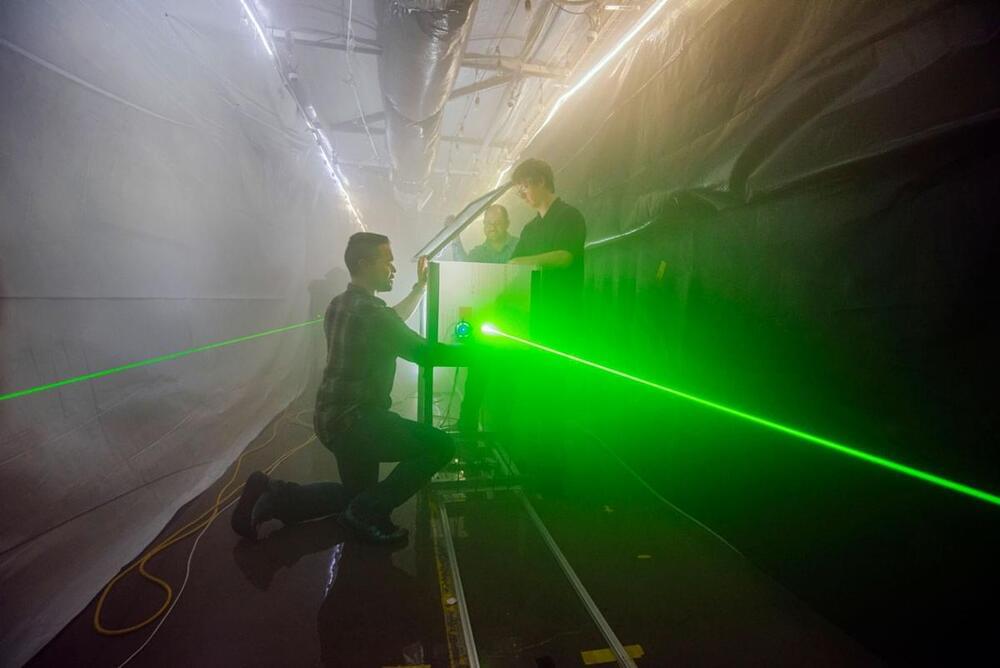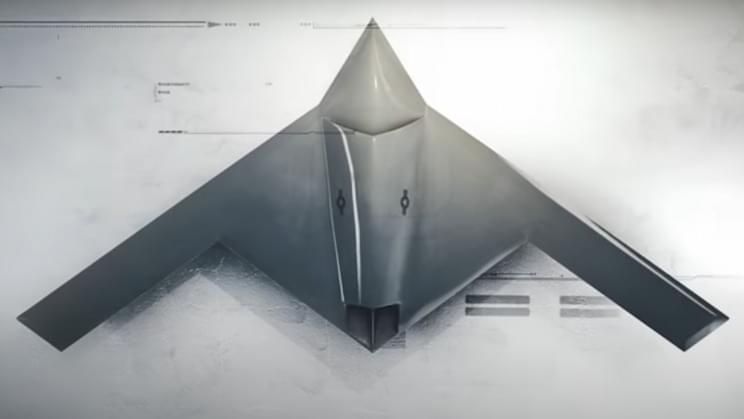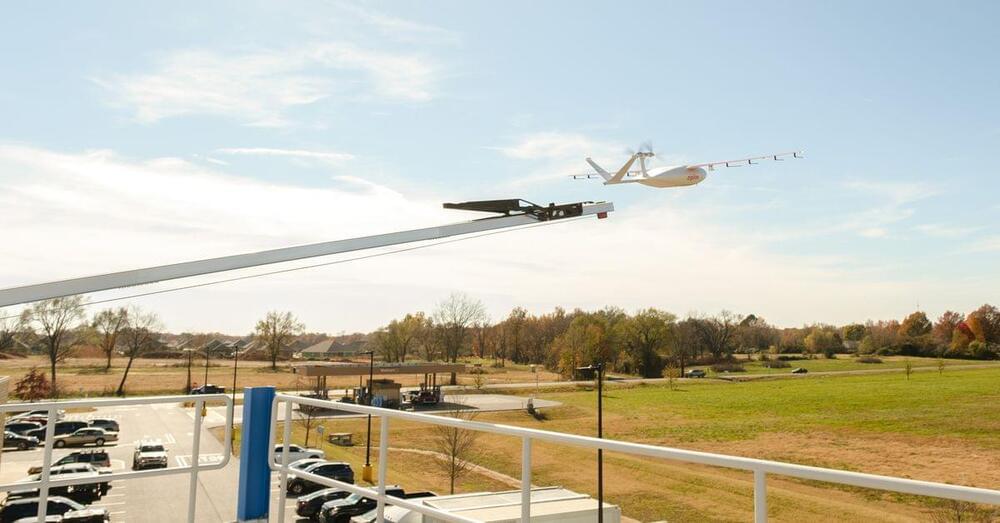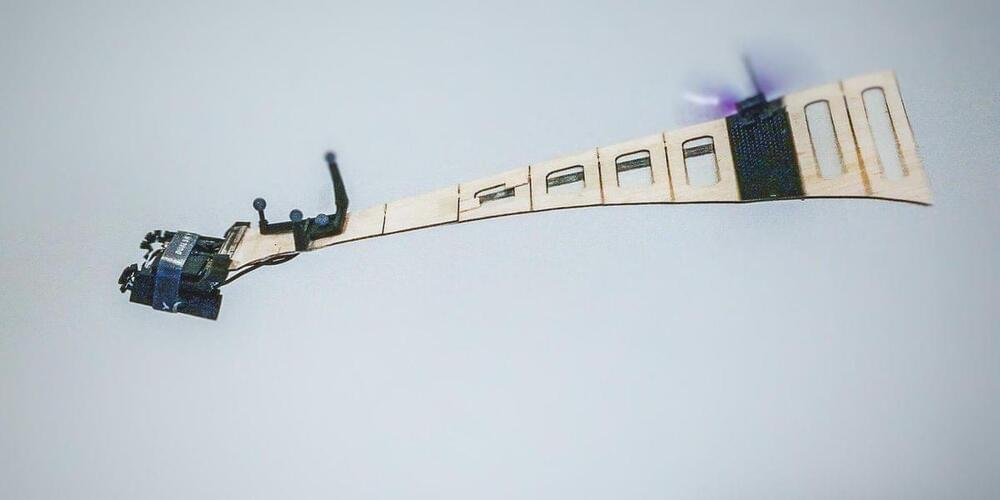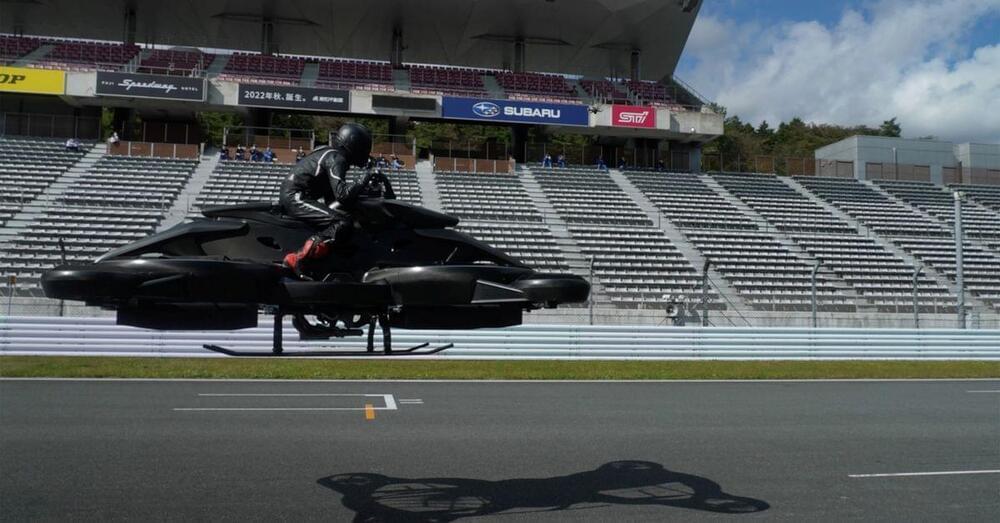Substantially extending the strike range of fighter jets.
Boeing’s unmanned air tanker MQ-25 Stingray is currently completing ground tests at the Naval Station Norfolk in Virginia in preparation for a carrier demonstration, the U.S. Navy confirmed in a press release.
Unveiled over three years ago, the MQ-25 or T1 tanker is designed to refuel naval fighter aircraft mid-air. Although mid-air refueling is common practice for the U.S. military, this is the first attempt with an unmanned drone. The MQ-25 has been making rapid strides since its unveiling and has successfully completed a refueling attempt of the F-35C aircraft in September this year.
The drone tanker is now moving a step closer to deployment. According to the press release, the U.S. Navy and Boeing are moving through ground tests currently and aiming for a carrier demonstration in December. As part of the tests, the team recently completed deck handling where the engines on the aircraft were up and running and the taxiing was handled by controllers on the deck.
Full Story:
